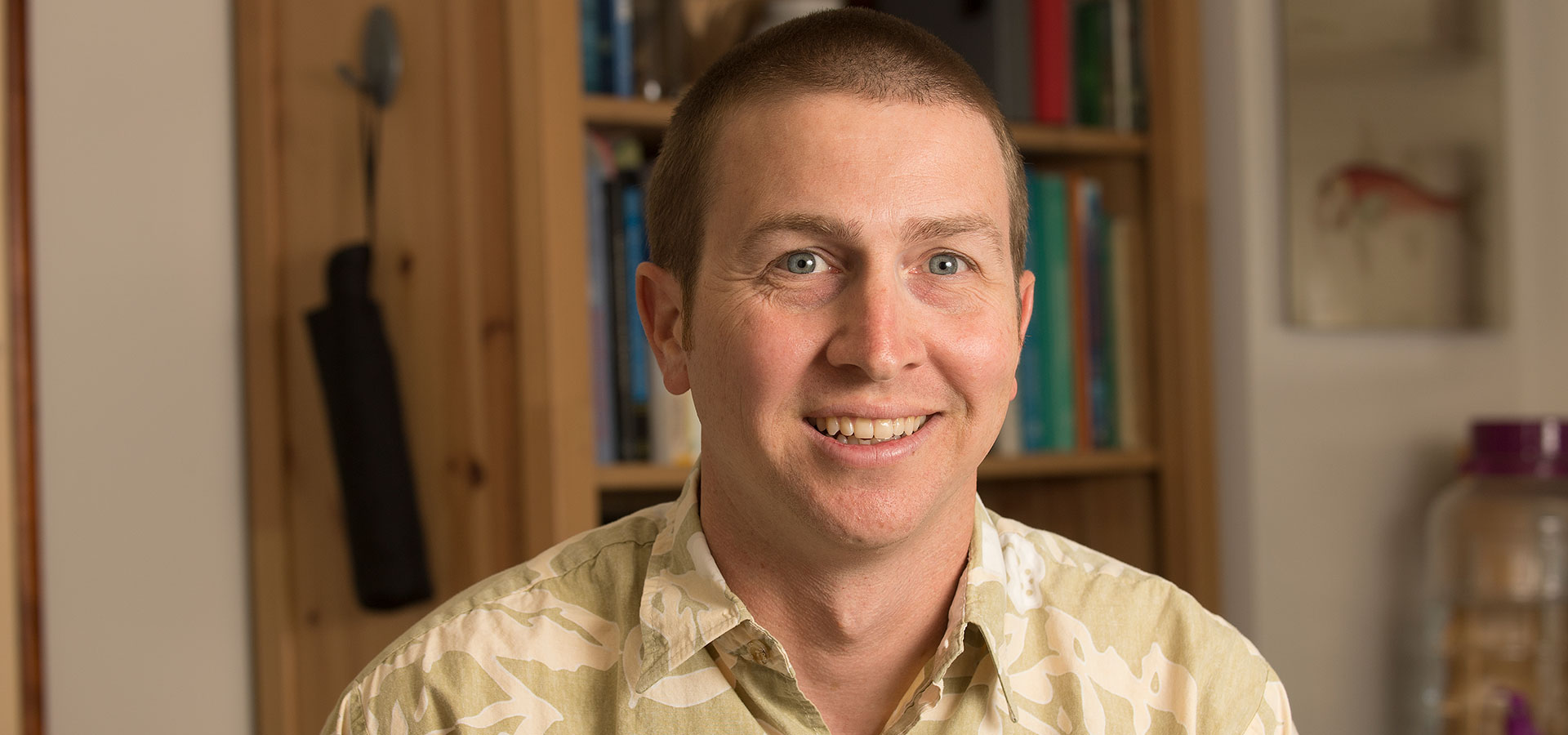Expert Q&A
What Lies Beneath
Artificial Reefs Support California's Marine Biodiversity
Associate Professor Jeremy Claisse studies the ecology of marine organisms in natural rocky reef kelp forests in California and coral reefs in Hawaii. He also studies human-built structures in the ocean that function as artificial reefs, like the submerged structures of oil platforms or harbor breakwaters.
Claisse is the recipient of a $345,225 research grant from the California State University Council on Ocean Affairs, Science & Technology to help the California Department of Fish and Wildlife update its artificial reef management plans.
What are artificial reefs and what is their role in marine wildlife conservation and resource management?
Artificial reefs are human-built structures in the ocean, typically made of quarry rock or concrete. Although in some parts of the world they’ve sunk ships or train cars to build reefs. Natural rocky reefs in California have relatively high socioeconomic value because they support a substantial proportion of the recreational and commercial fishing industries. Therefore, people are interested in the possibility of either creating new artificial rocky habitat in soft-bottom areas where there isn’t much natural reef or using them to restore degraded natural reefs by creating more complex, higher relief artificial reef habitat that can support more diverse and productive biological communities.
What do you and your team hope to discover in your study?
Dozens of artificial reefs off the southern California coast were built decades ago to enhance fishing opportunities, but they haven’t been surveyed since they were built. We are going to go out to survey them with sonar to create high quality maps of the physical habitat, and then also scuba dive to survey the fish, invertebrates and algae there. We are then going to analyze how differences in the artificial reef habitat characteristics (shapes, sizes, heights) and locations of the reefs relate to the biological communities occupying each of them. As we discover what makes a more biodiverse and productive reef, we can develop best practices for the design and construction of future projects that add artificial reef habitat along the California coast for habitat restoration, compensatory mitigation or potentially to protect coastlines from sea level rise.
